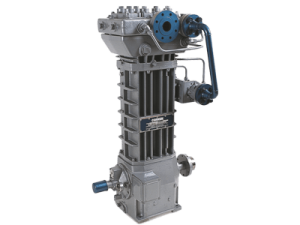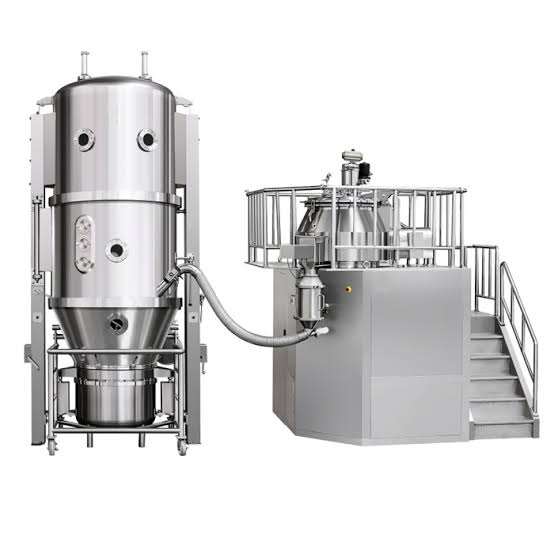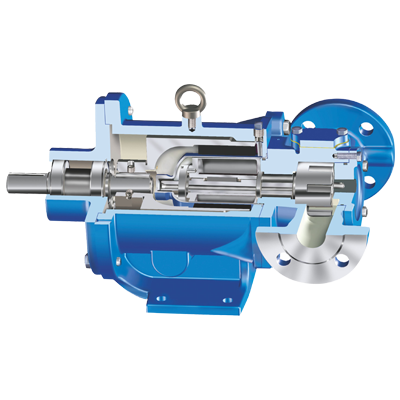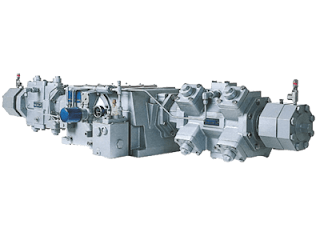What is powder handling in the pharmaceutical industry?
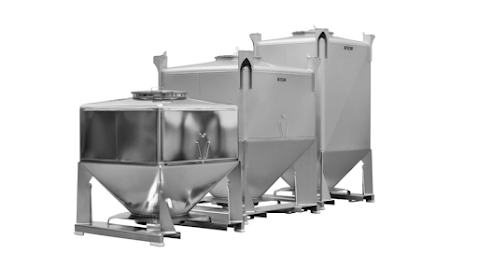
What is powder handling in the pharmaceutical industry? Powder handling in the pharmaceutical industry refers to the process of ensuring uniform, reliable flow with minimal segregation. It is a critical aspect of pharmaceutical and chemical processes. Besides efficiently moving powdered substances, it’s also essential to make sure the product stays clean and doesn’t get mixed with unwanted stuff. It’s eqully important to protect the person handling the materials, especially when they’re dealing with potentially harmful substances. The importance of powder handling in the pharmaceutical industry cannot be overstated. It is crucial for maintaining the quality and safety of pharmaceutical products. Improper handling can lead to issues such as contamination, which can compromise the efficacy of the product and pose health risks. Therefore, a full understanding of powder flow behaviour and the corresponding equipment options is essential when developing, optimising, or scaling up a dr...
